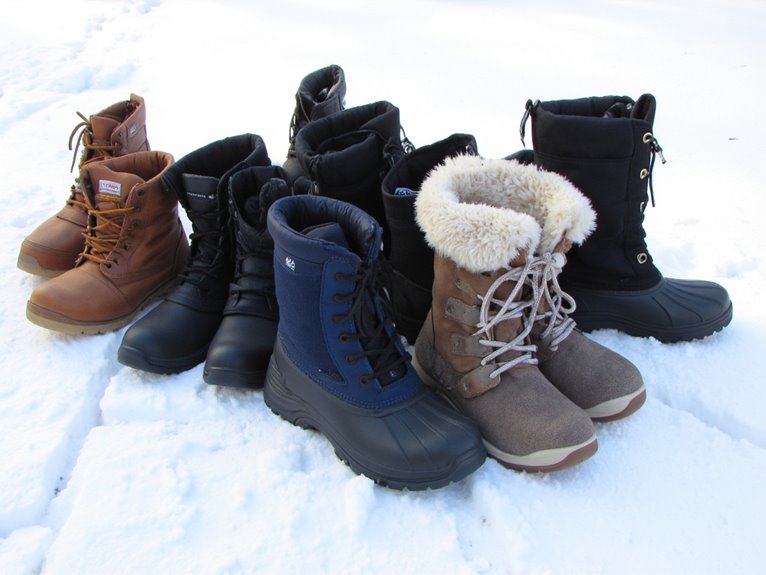How to Dry a Backpack After Washing It?
When washing your backpack, prompt drying is vital to prevent water damage, mildew, and unpleasant odors. Start by removing excess water immediately, gently shaking the backpack and blotting it with a clean towel. Air drying is a recommended method, but tumble drying can be used with caution on a low heat setting. Use fans to speed up drying and consider employing desiccants or absorbents to absorb moisture. Finally, inspect and store the backpack in a well-ventilated area to maintain its quality. For a more thorough guide to drying your backpack, discover the importance of meticulous drying and storage practices.
We are supported by our audience. When you purchase through links on our site, we may earn an affiliate commission, at no extra cost for you. Learn more. Last update on 8th January 2026 / Images from Amazon Product Advertising API.
Remove Excess Water Immediately
When a backpack gets wet, every minute counts, and immediate action is necessary to prevent further water absorption and damage.
Remove excess water from the backpack as quickly as possible to minimize damage. Start by turning the backpack upside down and gently shaking it to remove loose water.
Next, use a clean towel to blot the exterior and interior of the backpack, focusing on absorbing as much moisture as possible. Avoid rubbing the fabric, as this can cause further damage.
Remove any detachable parts, such as straps and buckles, and set them aside to dry separately.
Air Dry or Tumble Dry
Once excess moisture has been removed, the next step in drying a backpack involves deciding between air drying and tumble drying, two distinct methods that require careful consideration to protect the backpack's materials from damage and preserve their quality.
Air drying is a gentle and recommended method, especially for backpacks with waterproof or water-resistant coatings, as it prevents damage to the material's water-repellent properties.
Tumble drying, on the other hand, can be risky, as high heat can cause fabrics to degrade or shrink. However, if tumble drying is chosen, it's essential to use a low heat setting and remove the backpack as soon as the drying cycle is complete.
Speed up Drying With Fans
Positioning a fan to circulate air around the backpack can substantially accelerate the drying process, particularly in areas with low air circulation or high humidity.
By directing air flow towards the backpack, fans can help evaporate moisture more efficiently, reducing drying time.
To maximize the effect, place the fan at a reasonable distance from the backpack, ensuring a gentle but consistent air flow.
Avoid direct blasts of air, which can dislodge dirt or debris.
For ideal results, use multiple fans or reposition them periodically to maintain air circulation around the entire backpack.
Use Desiccants or Absorbents
Two common alternatives to air circulation are desiccants and absorbents, which can be used to accelerate the drying process by absorbing moisture from the backpack.
Desiccants, such as silica gel packets, are designed to absorb moisture from the air and can be placed inside the backpack to speed up drying.
Absorbents, like newspaper or paper towels, can be used to soak up excess moisture. When using absorbents, make sure to replace them regularly to maintain their absorptive properties.
Inspect and Store the Backpack
After drying, inspect the backpack thoroughly to verify all moisture has been removed and no damp spots remain, then store it in a well-ventilated area to maintain its quality and extend its lifespan.
Check for any musty odors or mildew smells, which can indicate lingering moisture. Verify all zippers, buckles, and straps are dry and functional.
Store the backpack in a cool, dry place, away from direct sunlight. Confirm that the storage area is free from moisture and consider using a breathable storage bag or cloth to protect it from dust and moisture.
Proper storage will help preserve the backpack's water-resistant coating and prevent damage from moisture buildup.




